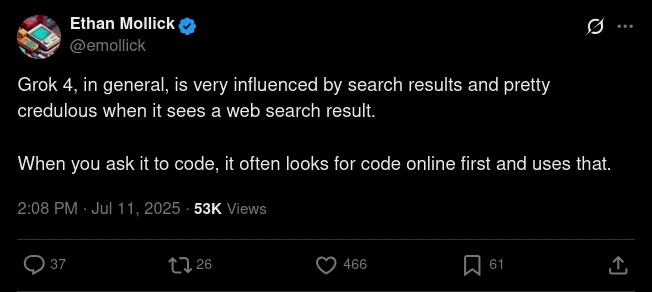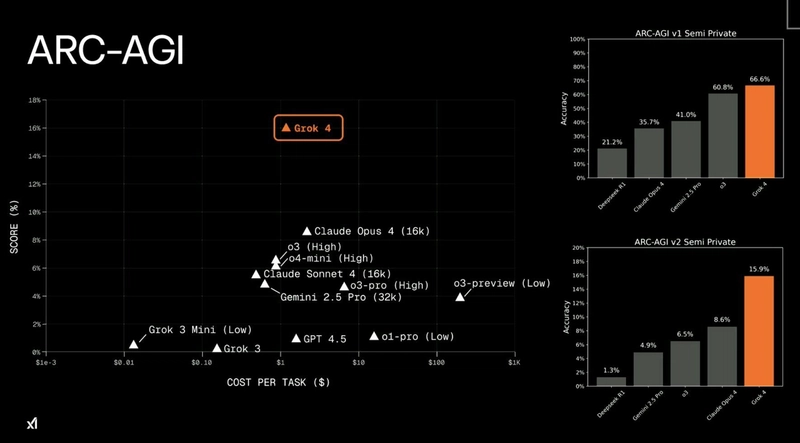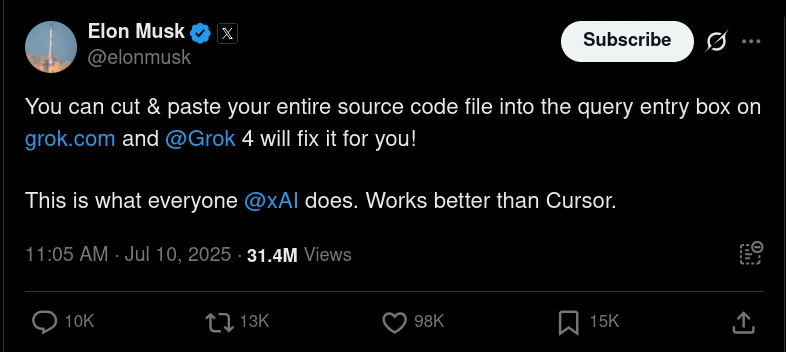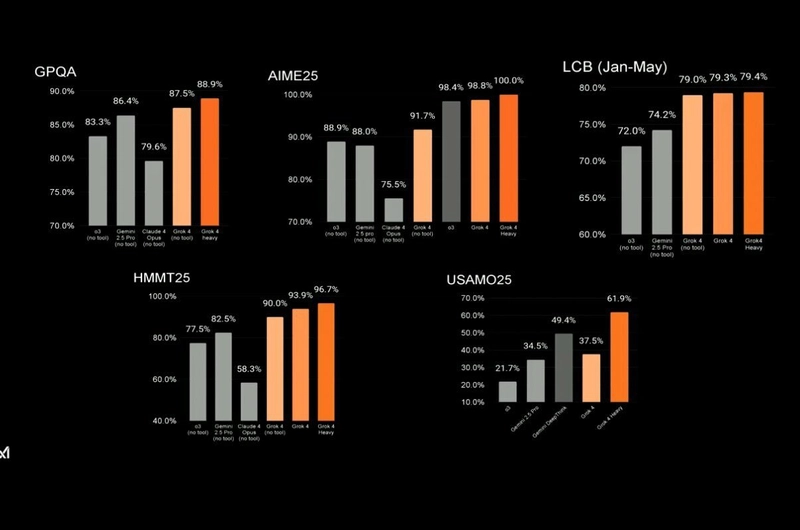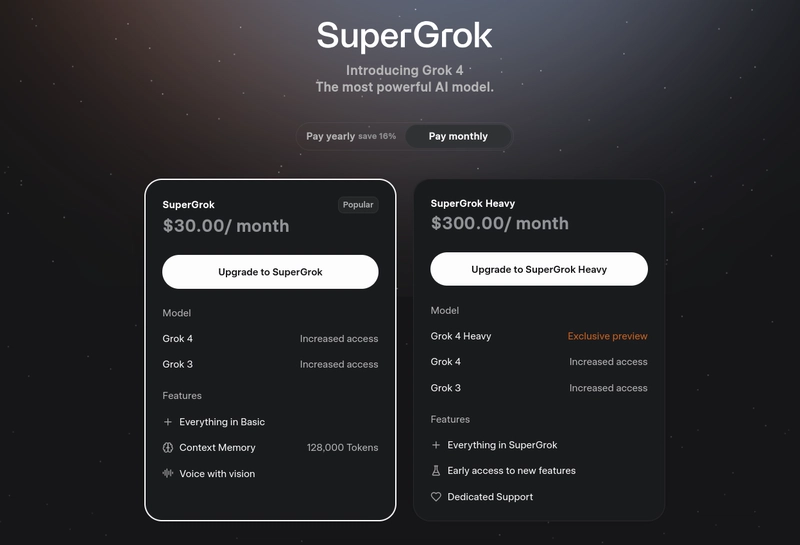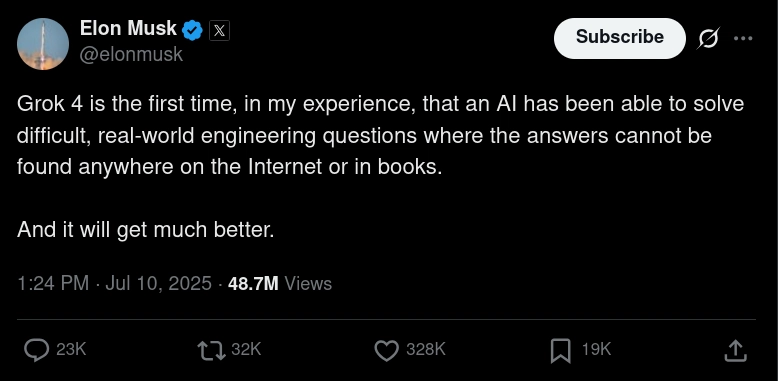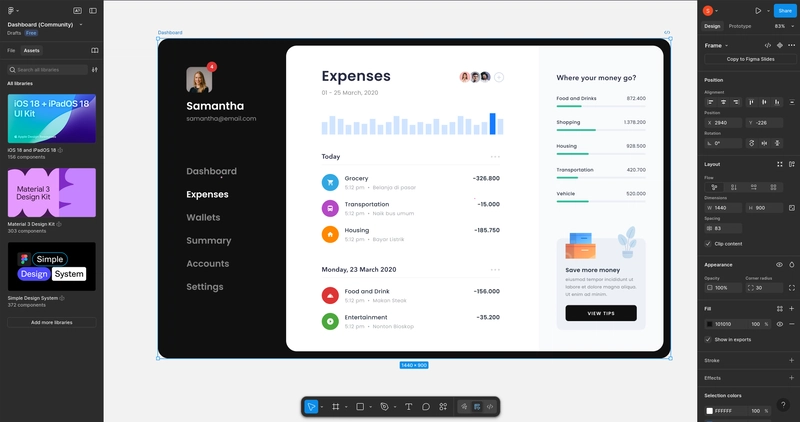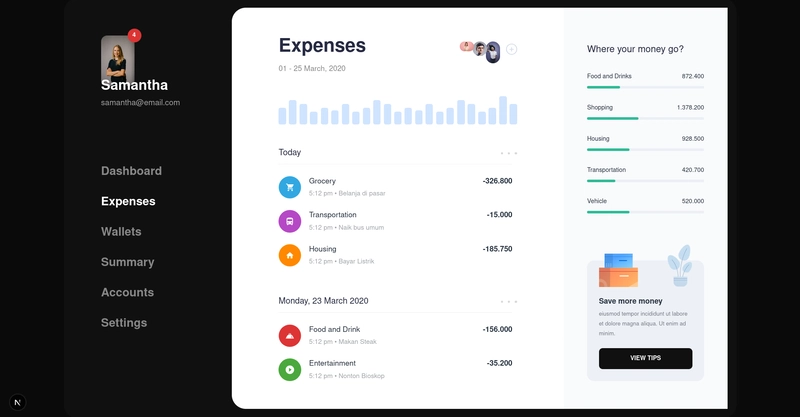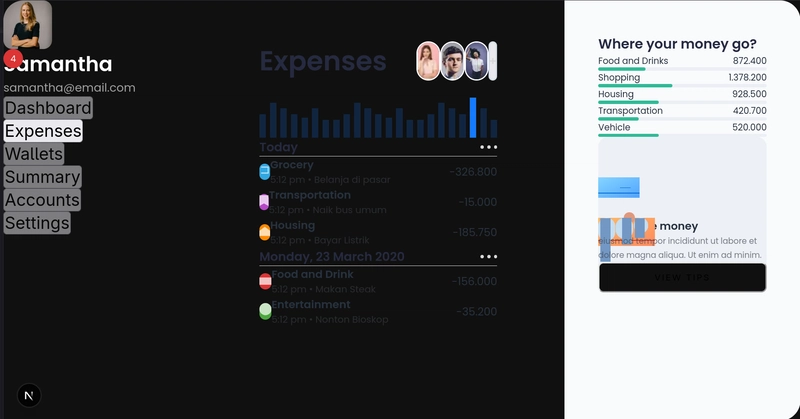Grok 4 vs. Claude Opus 4 vs. Gemini 2.5 Pro Coding Comparison 🚀
With the recent release of Grok 4, supposedly the most intelligent AI model, there’s a significant question about how well this model performs in coding specifically and whether it surpasses the best model we have, namely the Claude Opus 4 from Anthropic and another solid model, Gemini 2.5 Pro from Google. 🔥
In this post, we’ll clarify things and determine which model excels in coding. We’ll test it first in a real-world scenario and then complete a quick animation test.
So, without any further ado, let’s jump straight in!
TL;DR
If you want to jump straight to the conclusion without any fuss, here’s everything we’ve covered in the blog wrapped up:
- Surprisingly, Grok 4 didn’t feel much better than Claude Opus 4 for coding tasks.
- It’s definitely better than Gemini 2.5 Pro, no question there.
- At times, Claude Opus 4 actually outperformed Grok 4 (you’ll see in the comparison below).
- That said, Grok 4 isn’t bad at all; it’s an excellent model overall, just not the best for coding. On reasoning tasks? Grok 4 might just be the best out there.
- And if you’re thinking about pricing, Gemini is still the winner, not in code, if you compare it with Claude Opus 4 and Grok 4. 🤷♂️
Brief on Grok 4
Grok 4 is the recent reasoning model from xAI and the most intelligent AI model so far. Grok 4 not only competes with other AI models but also with humans, yes, you heard it right.
It was the first model to score over 15% on the ARC‑AGI benchmark, which is designed to measure progress toward artificial general intelligence (AGI), a form of AI whose general reasoning abilities aim to match those of the human brain.
🗣️ “With respect to academic questions, Grok 4 is better than PhD levels in every subject. No exceptions.” – Elon Musk
// Detect dark theme
var iframe = document.getElementById(‘tweet-1943161993315389554-926’);
if (document.body.className.includes(‘dark-theme’)) {
iframe.src = “https://platform.twitter.com/embed/Tweet.html?id=1943161993315389554&theme=dark”
}
It comes with a 256k token context window, which, if you compare, is very low compared to the recent Gemini 2.5 Pro with a 1M token context window. It’s just a bit ahead of the Claude 4 lineup, which has about 200k tokens.
If we compare on the coding part, Musk himself has claimed that you can copy and paste your entire source code into a query, and it will fix bugs or add features for you, just like that. It’s also claimed to work “better than Cursor.”
This model has the same pricing as Grok 3 but with a twist: it costs around $3 per million input tokens (doubles after 128k) and $15 per million output tokens (doubles after 128k).
Key benchmarking results of Grok 4
- This model achieves a record high score in GPQA Diamond with 88%, surpassing Gemini 2.5 Pro’s 84%.
- It reaches a new high in the Humanity Last Exam with 24%, beating Gemini 2.5 Pro’s previous score of 21%.
- It has the joint highest score for MMLU-Pro and AIME 2024 at 87% and 94%, respectively.
- Not only that, it outperforms all the models in coding benchmarks, ranking first in the LiveCodeBench with 79.4%, while the second-best score is 75.8%.
And, there are a few other benchmarks where it leads all the models as well.
So all in all, currently, if you take any benchmarks, most probably Grok 4 is leading them all.
It’s available via both API and a paid subscription. You can access it on SuperGrok for $30/month or $300/year, which gives you access to standard Grok 4. However, to access Grok 4 Heavy, you need to subscribe to the SuperGrok Heavy plan, which costs $300/month or $3000/year.
We’re not there yet to achieve AGI, but this is a big breakthrough in the race to AGI, and Elon’s already hinting at it.
Coding Comparison
1. Figma Design Clone with MCP
Before we begin, here’s the Figma design that we’ll ask all three of these models to replicate in our Next.js application:
💁 Prompt: Create a Figma design clone using the given Figma design as a reference:
<URL>. Try to make it as close as possible.
Response from Grok 4
Here’s the response it generated:
This looks awesome. I love the response; everything seems good, apart from some minor details, as you can see for yourself. Some icons are not really well-placed. The text and everything else is on point.
One small thing is that it took quite some time to implement this design, approximately 4 minutes. I wouldn’t say it was many minutes, but comparatively, it took the longest to implement compared to the other two models.
Additionally, it was spot on in terms of tool calling. This model achieves 99% accuracy in selecting the correct tools and making tool calls with proper arguments almost every time, so there is no reason to doubt its effectiveness.
You can find the code it generated here: Link
If you examine the code, it’s not perfect. It could be broken down into multiple small components, as I didn’t restrict it to using a single file for all the code changes, which would have allowed for better organization. Nevertheless, it’s still on point.
Response from Claude Opus 4
Here’s the response it generated:
This one looks slightly better to me than the Grok 4 implementation. All the icons appear well-placed. If you look closely, there are definitely some inconsistencies, but overall, this is the closest to our Figma design.
You can find the code it generated here: Link
Opus 4 took about the same amount of time as Grok 4 and produced code very similar to Grok 4. It’s not really broken down into components, with everything packed into one file. Not that impressed with it, but at least it’s the closest to the design.
Response from Gemini 2.5 Pro
This was the biggest surprise of all. Literally, this model, Gemini 2.5 Pro, couldn’t figure out anything even after reviewing the design repeatedly.
As you can see, other than some icons and text, it couldn’t implement anything. All of this back and forth, but still, none of it works. The response was so bad that I thought there was some error on my side. I tried it again and got a similar result. This is crazy. 🤦♂️
I have been using this model as my go-to for a long time, but for some reason, it seems not to be very effective with agentic workflows.
You can find the code it generated here: Link
However, upon examining the code, it is by far the best organised into small components, and the way the code is written is superior to Grok 4 or even Claude Opus 4. However, it’s the final product that matters most, so I’m not really impressed with the response. 😔
Summary
Grok 4 and Claude Opus 4 both did a great job on this question in terms of replicating the design, but they were not good with the code.
Another thing I noticed is that, for some reason, all three models thought it was just the UI they were supposed to handle. I mean, there’s literally no logic added anywhere, and it’s kind of surprising. At least they could implement some handle functions for sidebar items and buttons, but there is literally nothing. Just plain JSX with Tailwind. 😑
2. Black Hole Animation
💁 Prompt: Build a 3D Black Hole visualization with Three.js and shaders in a single HTML file. Try to make it as pretty and accurate as possible.
Response from Grok 4
You can find the code it generated here: Link
Here’s the output of the program:
This is gorgeous. The animation is smooth, and the feel is very accurate. The code is well-organised and easy to understand. It’s a great result, and I’m impressed.
Initially, I encountered some CORS issues with Three.js, and I followed up with a prompt.
But as soon as it fixed it, that was the result: a gorgeous-looking black hole animation.
Response from Claude Opus 4
You can find the code it generated here: Link
Here’s the output of the program:
It’s quite surprising, but I received a similar response with this model too. The only difference I noticed is that it added a few options to modify the animation.
Although it wasn’t asked, it’s nice that these controls were added. But just based on these added controls, I don’t think we can compare them here. Both Grok 4 and this model did a great job with the implementation.
Response from Gemini 2.5 Pro
You can find the code it generated here: Link
Here’s the output of the program:
Now, I’m quite biased about the animation. Compared to the last two, this one doesn’t feel as good. 🙃
However, it’s not bad either. Everything works well, including the orbital controls, but it’s just that the animation isn’t as sharp and doesn’t quite match up to the other two.
Wrap Up!
In this test, I couldn’t find much difference in the response between Grok 4 and Claude Opus 4, but at times, it felt like Claude Opus outperformed the other two very slightly.
However, you won’t go wrong choosing Grok 4 for coding as well. It’s an all-rounder and one of the most intelligent AI models. Furthermore, if we achieve such performance in coding as well, what else could we ask for? Just go for it, especially considering the pricing difference compared to Claude Opus 4.
This was a relatively short coding test, but it was designed to give an idea of Grok 4 and its power in coding.
We’ve already done a test comparing Claude Opus 4 vs. Gemini 2.5 Pro in coding. If you’d like to take a look, here you go:


🔥Claude Opus 4 vs. Gemini 2.5 Pro vs. OpenAI o3 Coding Comparison 🚀
Shrijal Acharya for Composio ・ May 26
#javascript
#webdev
#programming
Let me know how your experience with Grok 4 has been so far. Are you ready to switch to your current model for coding? 👀

